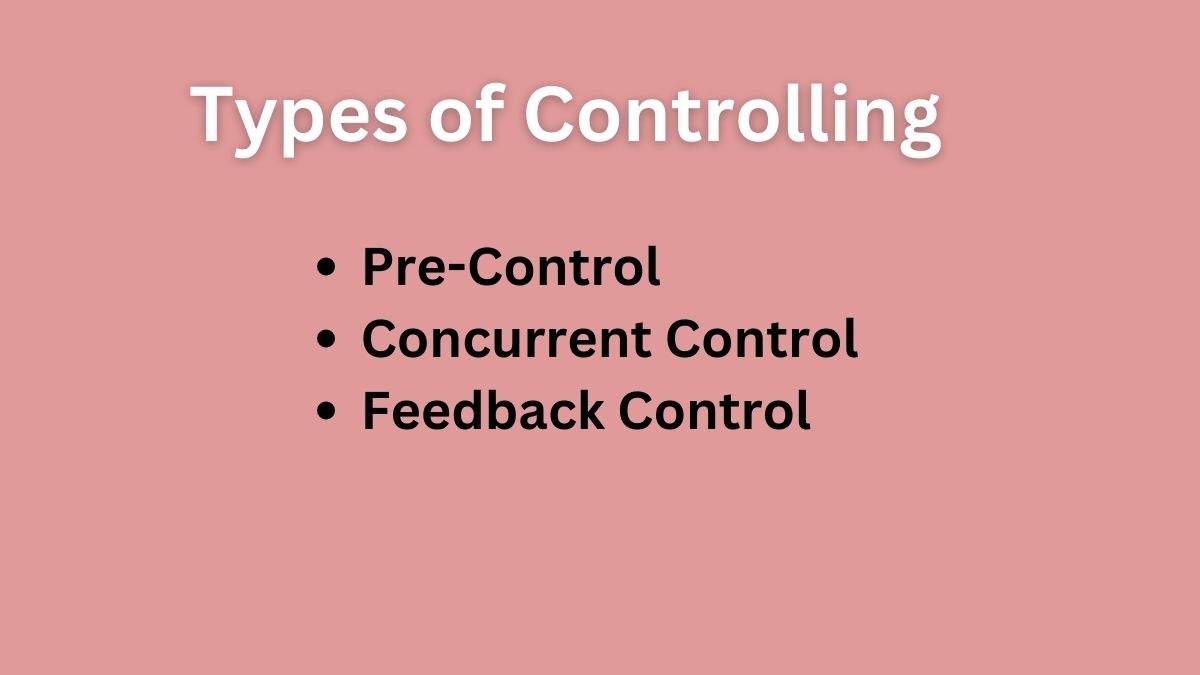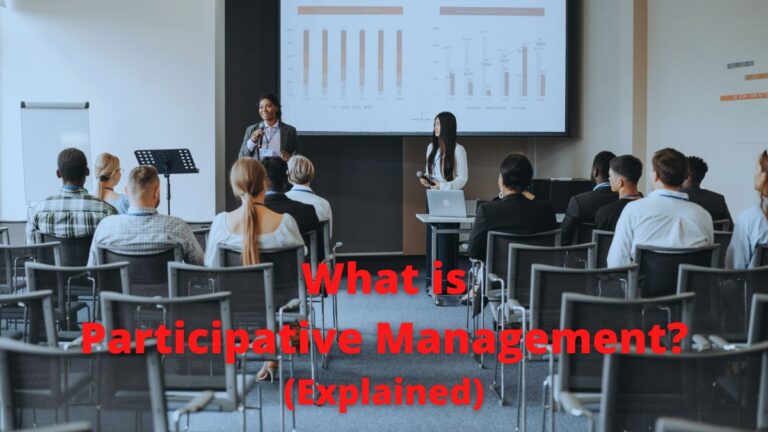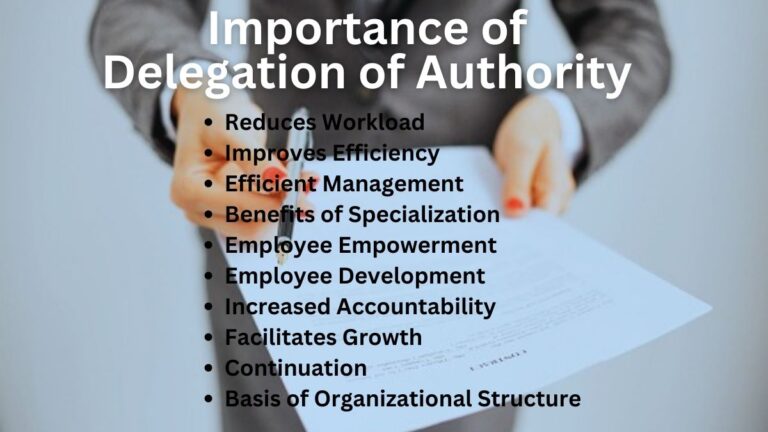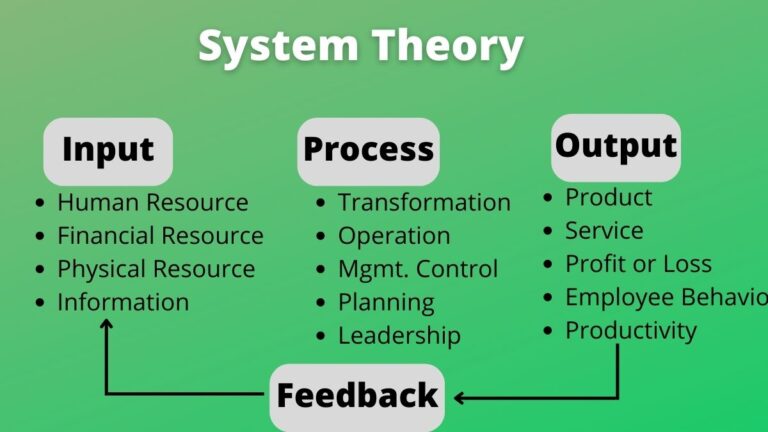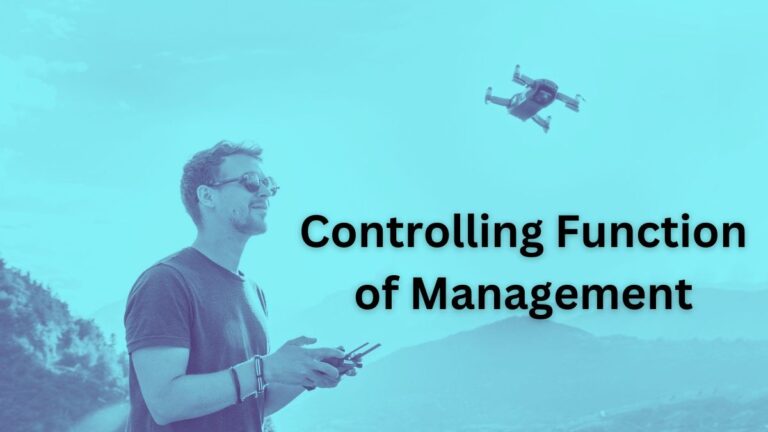3 Types of Controlling in Management [Explained]
Types of Controlling
There are three types of control or controlling in management. They are pre-control, concurrent control, and feedback control.
Pre-control refers to employing controlling mechanisms before the problems happen, concurrent means correcting problems as they happen, and feedback control means solving problems after they happen. Let’s discuss them individually.
Pre-Control
Pre-control is alternatively also called feed-forward or preventive control. This is the control system that helps managers to identify potential problems and find possible solutions for such problems.
It is a preventive control system that will let you prevent problems before their occurrence. Pre-control predicts problems that you may face in the future and also tries to identify steps to resolve such problems.
Pre-control system’s aim is to ensure there will be no deviation during the job done. For this, it observes input and processes and analyzes to adjust before the actual output is obtained. Organizations‘ policies, strategies, and procedures are examples of pre-control systems.
Concurrent Control
Concurrent control means solving or managing problems as they happen. This control system goes along with activities. As such it is also called side-by-side or real-time control.
Related: Characteristics of Controlling
Concurrent controlling takes place during the work process. In this system, if a problem occurs during the course of work, it is identified and analyzed as soon as possible and solved immediately. The main purpose of real-time control is to solve problems before they become major issues.
Concurrent control is a continuous process, the continuous observance is necessary to make activities according to standards. For instance, a driver continuously adjusts the steering depending on the direction of the destination, obstacles, speed, and other factors.
In organizations or factories, production control, inventory control, control chart, quality control, etc. are some examples of concurrent control.
Feedback Control
Feedback control, as the name suggests, refers to a control mechanism that solves problems after they happen. It is a reactive approach to controlling. It is also called a post-control system.
In feedback control, after the projects or activities are completed analysis and observation take place. Identification of whether or not the projects meet the standard is identified. If standard and actual performance matches the same strategy may be applied in the future.
And, if they do not match, managers take the base of past performance to take better future actions. Analysis of financial statements, quality control, customer satisfaction surveys, employee performance evaluations, etc. is some examples of feedback control.
Read Next: Process of Controlling
Sajan Kushmi is a content writer with more than 4 years of experience. He holds BIM Degree. He write on the topics related to Management, Marketing, and Entrepreneurship.
